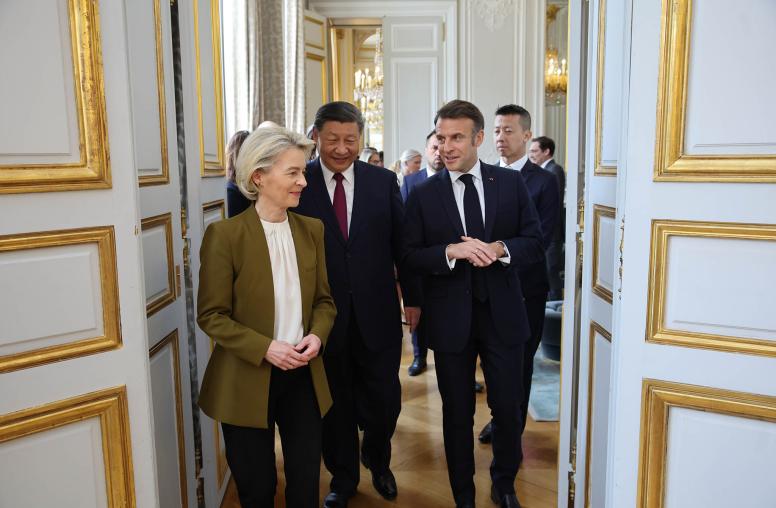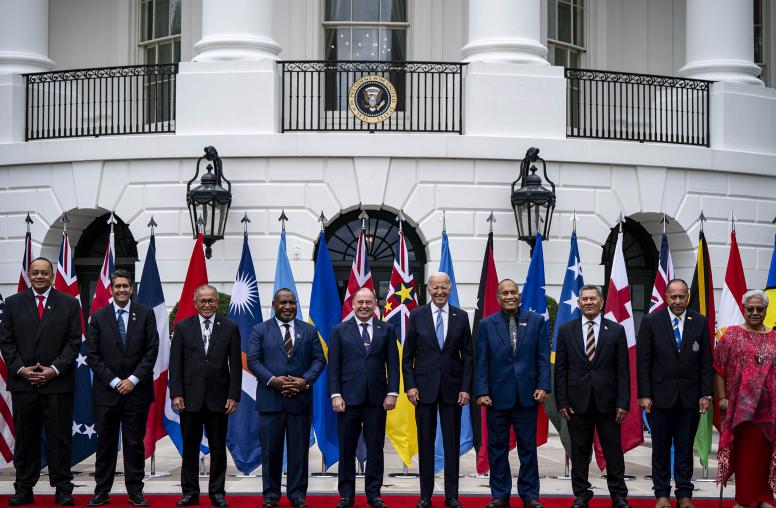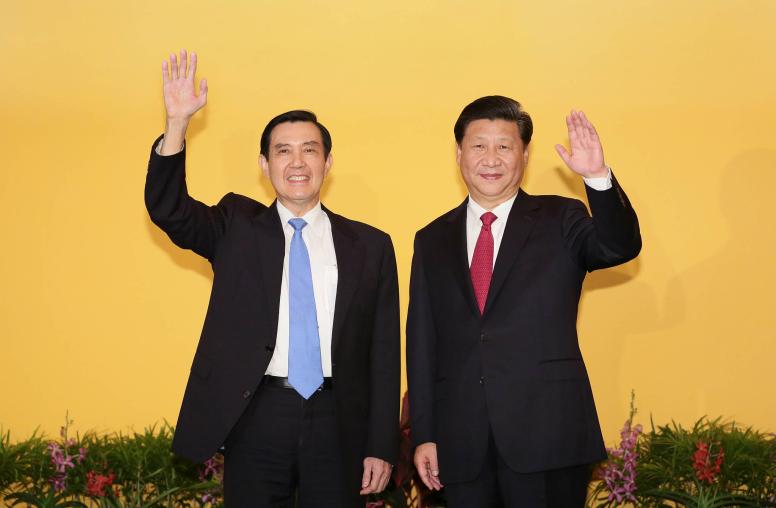Sino-Indian Escalation: Blip or Lasting Strategic Shift?
In June, Chinese and Indian troops came to blows in their deadliest border incident since 1967, culminating on June 15 with the deaths of 20 Indian soldiers and an unknown number of Chinese troops. The Indian and Chinese governments have remained largely silent on exactly what happened along the disputed boundary. The two countries appear to have stabilized the situation by starting a disengagement process, but unlike prior dustups, this unexpected and deadly turn could portend a lasting and significant strategic shift.
Continue the conversation on Twitter using #IndiaChinaUSIP.
Will New Delhi and Beijing return to tamping down tensions and broadly adhering to border management protocols? Or has this escalation set two of Asia’s largest economic and political powers on a new and irreconcilable path toward rivalry?
On July 21, USIP held an expert panel on the Sino-Indian border clash and its implications for regional and global security. The discussion examined whether this conflict signals an emboldened shift in China’s posture toward disputed borders elsewhere, how this rivalry affects existing India-Pakistan tensions and other border disputes, and what the implications are for the United States and its allies and partners as they push back on perceived Chinese aggression.
Speakers
Tanvi Madan
Senior Fellow, Project on International Order and Strategy and Director of the India Project, Brookings Institution
M. Taylor Fravel
Arthur and Ruth Sloan Professor of Political Science and Director of the Security Studies Program, Massachusetts Institute of Technology (MIT)
Vikram J. Singh
Senior Advisor, Asia Center, U.S. Institute of Peace
Jacob Stokes, moderator
Senior Policy Analyst, China Program, Asia Center, U.S. Institute of Peace



